With the current labour shortage affecting pretty much all areas of the economy, taking on an apprentice could reap rewards for many businesses.
There are many reasons why hiring an apprentice can benefit your business, but for hard-pressed employers, with a limited budget, the financial incentives offered by the Government are a significant draw.
Why take on an apprentice?
Benefits include:
- Plugging the skills gap: taking on an apprentice/s can be a great way for employers to begin to plug some of the skills gaps that they are struggling with.
- Enhance reputation as an employer: Giving young or under-skilled workers an opportunity to kickstart their careers can only enhance a firm’s reputation and enable them to give something back to the community.
- Generating a boost in productivity: Training an apprentice can help those staff responsible for mentoring to become more proficient in their role and to enrich their own knowledge, but an apprentice can also free up time for senior staff to focus on key areas of their work.
- Government funding: Financial assistance is available from the Government, to fund an apprentice’s training and assessment. The amount you get depends on whether you pay the Apprenticeship Levy or not, and where you get the funding from depends on where you are in the UK.
Who needs to pay Apprenticeship Levy?
The Apprenticeship Levy is charged at 0.5 per cent of an employer’s annual pay bill.
As an employer, you must pay the Apprenticeship Levy each month if you have an annual pay bill of more than £3 million, or if you are connected to any companies or charities, for Employment Allowance purposes, that have a combined annual pay bill of more than £3 million.
The Apprenticeship Levy should be reported via your monthly Employee Payment Summary and is payable with your usual monthly HMRC liabilities.
Funding for employers not paying the levy vs. employers paying the levy
If you do not pay the levy and your apprentice started on or after 1 April 2019, you will pay five per cent towards training fees by means of an agreed payment schedule with the training provider.
The Government will pay the other 95 per cent, up to the funding band maximum, and deliver it directly to the training provider.
If you are paying the Apprenticeship Levy, the amount you receive will be dependent upon how much levy you have declared to HMRC. This amount is multiplied by the proportion of your pay bill paid to your UK workforce and will also be subject to a 10 per cent uplift from the Government.
What else is available?
You can get £1,000 to support your apprentice in the workplace if they are one of the following:
- 16 to 18 years old
- 19 to 25 years old with an education, health, and care plan
- 19 to 25 years old and they used to be in care
The training provider will present the payment over two instalments of £500, with the first payment after 90 days and the second after a year on the scheme.
The current National Minimum Wage rate for an apprentice is £4.81 per hour if they are aged:
- 16 to 18
- 19 or over and in their first year of their apprenticeship
If an apprentice is aged 19 or over and has completed their first year, they must be paid the National Minimum Wage or National Living Wage rate that is relevant to their age.
How can GH Payscheme help?
Our BACS-approved payroll bureau, GH Payscheme, can assist you with calculating exactly how much Apprenticeship Levy you need to pay HMRC, and support you to ensure amounts are declared accurately.
In addition, we can ensure that your payroll is processed compliantly and that any apprentices you employ are being paid the appropriate wage.
To talk to us about outsourcing your payroll, contact us on 01767 220199 or by email at payroll@ghpayscheme.com. Alternatively, you can submit an enquiry and one of the team will be in touch to arrange a free initial consultation.
Link: Apprenticeship Funding








